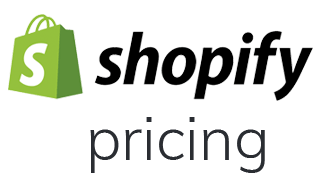
Shopify is by far the most popular hosted eCommerce platform. It offers a variety of plans at different price points ranging from $9/month to $299/month, plus an enterprise solution with pricing available by quote only (users report that it starts at about $2,000/month). Shopify is so well-known that many new business owners opt for it right away without looking at other platforms, but it's worth doing your due diligence to find out how much you really get for your money.
Most Shopify plans are equipped with the basic eCommerce functionality you'll need to build and grow an online store, but do they really have everything you need? If you're not well-informed, you can discover new expenses your business is unprepared for, such as additional app costs, transaction fees on your sales, and a need to upgrade your plan just to get important features. Your best bet is to compare the available Shopify plans with the available plans from other eCommerce providers, and you may need to take a deeper dive to fully understand what's included and what's missing.
Let's start by breaking down Shopify's individual plans:









